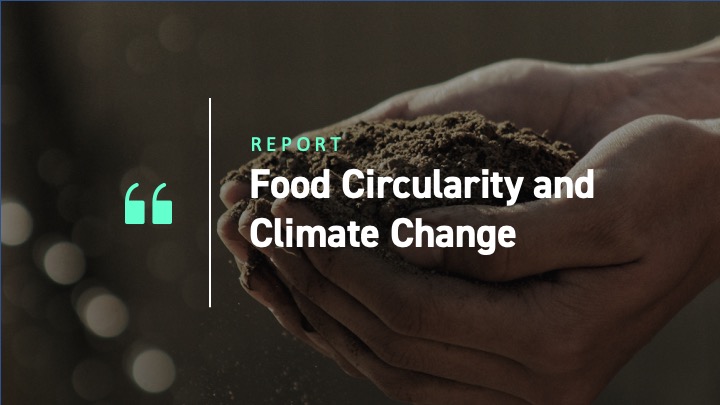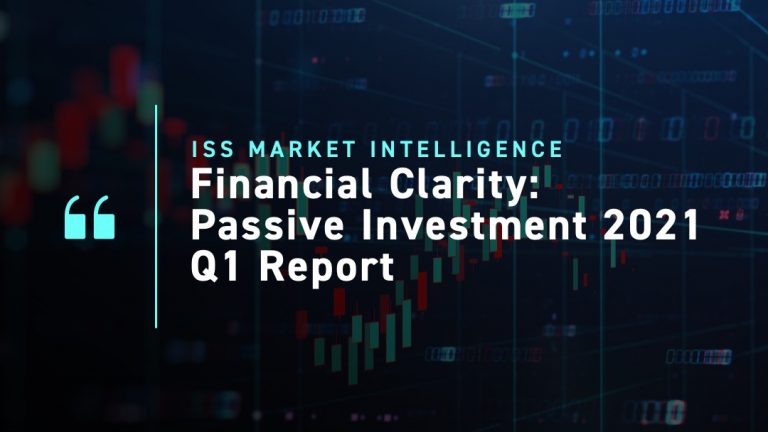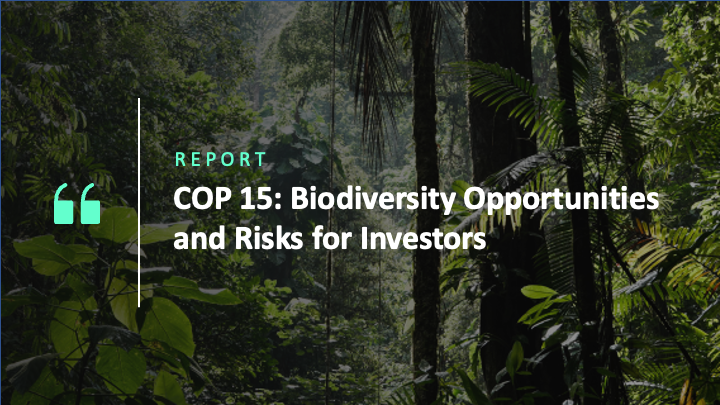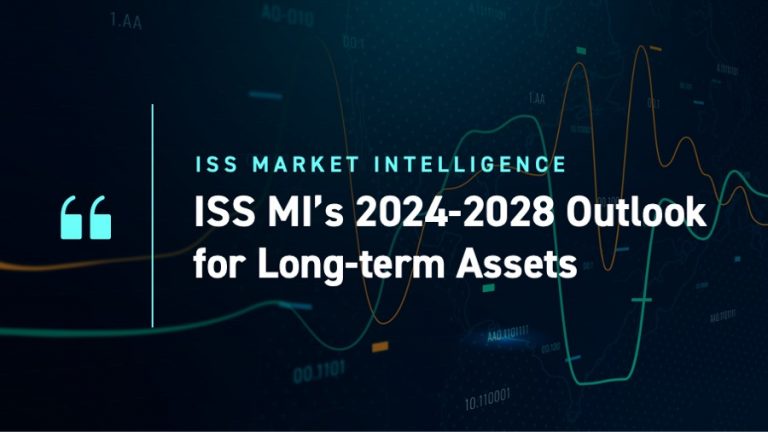The food industry has widespread impacts on the environment and society. Food and agriculture contribute about a third of global greenhouse gas (GHG) emissions.
One approach to mitigating the food system’s contribution to GHG emissions is a circular-economy strategy. The circular economy is defined as “an industrial system that is restorative or regenerative by intention and design.” The circular economy’s goal is to provide more value while using fewer resources, reducing waste, and ensuring the preservation of our ecosystems.
Circular economy strategies go beyond reusing and recycling. They include a wide range of activities along the product life cycle, from the design phase through to the product’s end-of-life.
A circular economy for food, or food circularity, employs practices that replenish local ecosystems and reduce or phase out food waste by utilizing its byproducts for future food cycles. These practices have implications for the climate performance of the food industry.
Impacts from Farm to Landfills
Production: How and What Food is Produced
About two-thirds of global food systems emissions come from the land-based sector, which comprises agriculture, land use, and land-use change.
Methane (CH4) emissions account for approximately 35 percent of food system emissions, primarily stemming from raising livestock (for example, from the digestive processes of cattle) and rice cultivation. Also, fertilizers used for crop production contain the greenhouse gas nitrous oxide (N2O), and the conversion of forested land to farmland has contributed to increases in atmospheric carbon dioxide (CO2).
Food production has contributed to a situation where up to 40% of the world’s land is now degraded, according to the United Nations. Modern agricultural practices also have implications for global water supplies. In a call for increased use of regenerative agricultural practices, that executive secretary of the UN convention to combat desertification has noted that 70% of global freshwater use is associated with agriculture.
Changing the agricultural practices employed by the food industry and shifting diets towards more sustainable alternatives offer opportunities to reduce the emissions resulting specifically from food production.
Distribution: Packaging and Transportation
Food packaging contributes to 5.4 percent of global food system emissions, more than any other supply chain factor (including transportation).
Transportation, a significant factor given the enormous breadth of modern global supply chains, produces varying emissions depending on the mode of transport. For example, air travel is more emissions-intensive than road travel, which is more intensive than rail travel.
Shortening the producer-to-consumer path (for example, from a farm to a grocery store) reduces the emissions from both the industry and the consumer. Localized products are closer to consumers, which shortens the distance and time, and hence the emissions, required to obtain a given product.
Waste: Consumption and Disposal
Roughly 6 percent of global emissions, or almost a quarter of the food industry’s emissions, are due to food waste: food that is either lost in the supply chain or thrown away by consumers.
According to an estimate in Science, approximately 15 percent of food-related emissions arise during processing, storage, and transport. On top of this, nearly a billion tons of food (about 17 percent of all consumer-available food worldwide)—is thrown out annually. According to the UN, food waste contributes about 8 percent of global GHG emissions – if food waste were a country, it would be the third largest-emitting country in the world!
Managing food waste requires reusing or circulating food by-products and waste back into the production system.
Key Actions
To address the environmental and climatic impacts of the food industry, food circularity can be centered around three key goals:

Healthy Soil: Regenerative agricultural practices can help ensure soil health, which results in higher carbon sequestration and lower atmospheric GHG emissions while supporting crop growth and development. Such practices include shifting from synthetic to organic fertilizers, employing crop rotation, and using greater crop variation to promote biodiversity.

New Products: Food products can be redesigned to support more sustainable production practices and provide better nutrition. Because meat production is associated with a wide range of emissions, shifting to varied plant-rich products can reduce environmental pressures.

Reduced Food Waste: Waste management entails the management of food waste and packaging. Food loss and waste can be designed out of the food supply chain by better matching supply with demand for various food types. Food by-products can serve as ingredients in other products to minimize waste generation. If packaging is made with compostable materials, then end-of-life products can be safely returned to the soil or used in other production processes. Manure and food waste can also be used for energy generation (that is, waste-to-energy technologies) to reduce overall methane emissions and the need for additional resource extraction.
Food Circularity and ISS ESG Corporate Ratings
ISS ESG currently assesses food circularity as part of its ESG Corporate Rating. The topics covered in the rating methodology are:
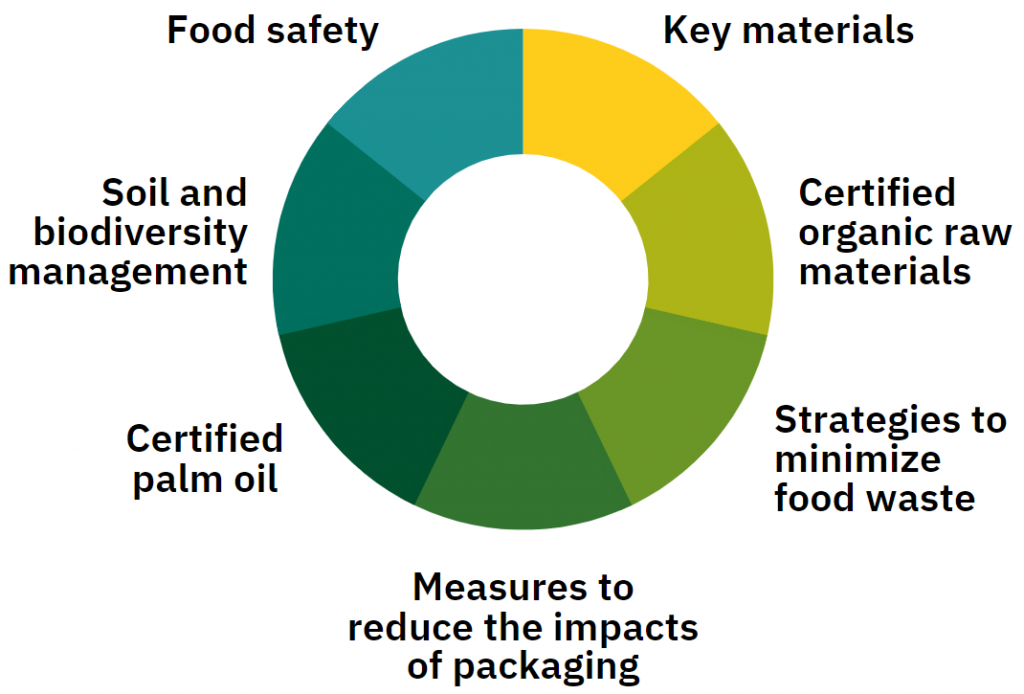
ISS ESG analysis suggests that there are significant opportunities for improvement in the near term, as both regulation and consumer demand encourage the adoption of circular economy principles.
Figure 1. Food products companies’ performance on strategies to minimize food waste and soil and biodiversity management in agricultural production (A = highest performance; D = lowest performance)
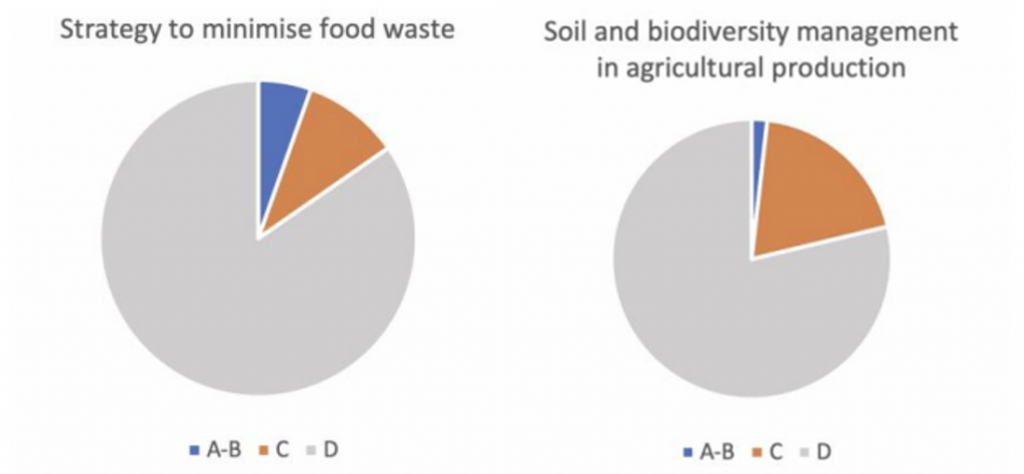
Source: ISS ESG
Less than a quarter of food products companies in the ISS ESG Corporate Rating universe have pursued soil and biodiversity management in agricultural production. Even fewer relevant companies can demonstrate evidence that they are pursuing strategies to minimize food waste.
Implications for Investors: Resilience, Risk Management, and Regulation
Supporters of the circular economy business model point to its potential to improve responses to the pressures of climate change, address physical and environmental risks, and proactively meet future environmental legislation and regulations.
Business resilience is the ability to maintain continuous business operations in the face of challenges or crises, and it relies on adaptability and flexibility. The current industrial agricultural model relies on global supply chains and long producer-to-consumer paths. The COVID-19 pandemic exposed the fragility of this model, encouraging the examination of more flexible, versatile paths and the need to localize resources. The ongoing conflict in Ukraine has also had major implications for the global food production system, raising the potential for circular economy thinking to improve the resilience of fertilizer supply chains.
Circular business models, which would build local production capacity and hence diversify potential suppliers and resources, can contribute to economic recovery and create long-term value for a company. These new models lessen the exposure of operations across the value chain to physical ecological impacts by reducing the need to extract resources and rely on long-distance supply chains, thereby improving business model resilience. Circulating byproducts back into the production system can also improve ecological and soil health, reducing physical risks related to production.
For European companies specifically, the European Union intends to introduce various circularity measures and indicators this year under their Circular Economy Action Plan (2022). Integrating circular economy principles into food systems will help companies in the food industry meet legal and regulatory requirements.
Investors seeking to learn more about Food businesses’ resilience and pursuit of circular economy models can draw on the ISS ESG Corporate Rating. They also can consult the ISS ESG report An Investor’s Guide to the Circular Economy.
Explore ISS ESG solutions mentioned in this report:
- Identify ESG risks and seize investment opportunities with the ISS ESG Corporate Rating.
- Use ISS ESG Climate Solutions to help you gain a better understanding of your exposure to climate-related risks and use the insights to safeguard your investment portfolios.
By: Mirtha Kastrapeli, Sector Head, Consumer, ESG Ratings, ISS ESG
Alex Wen, Consumer Industry Research Analyst, ISS ESG
